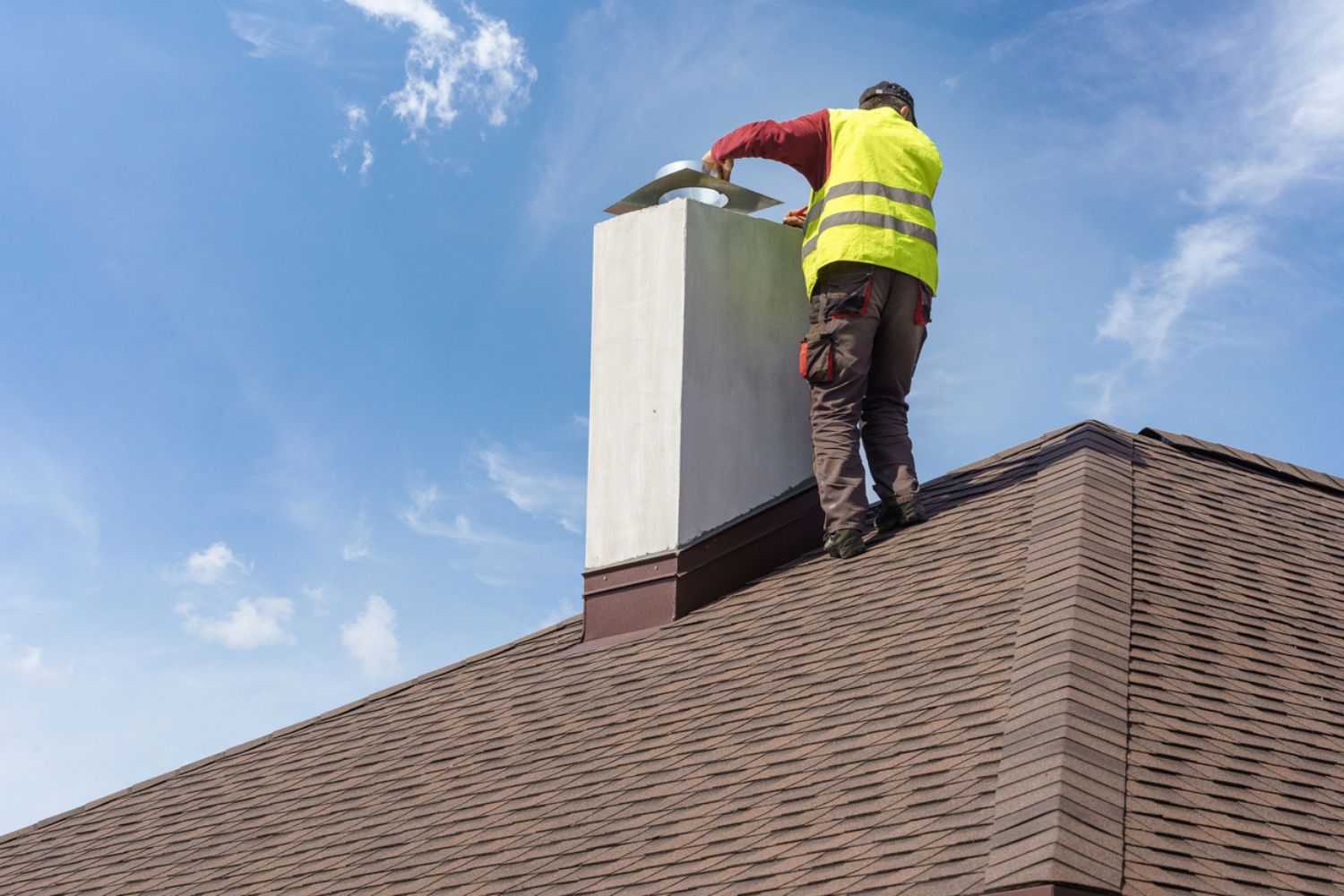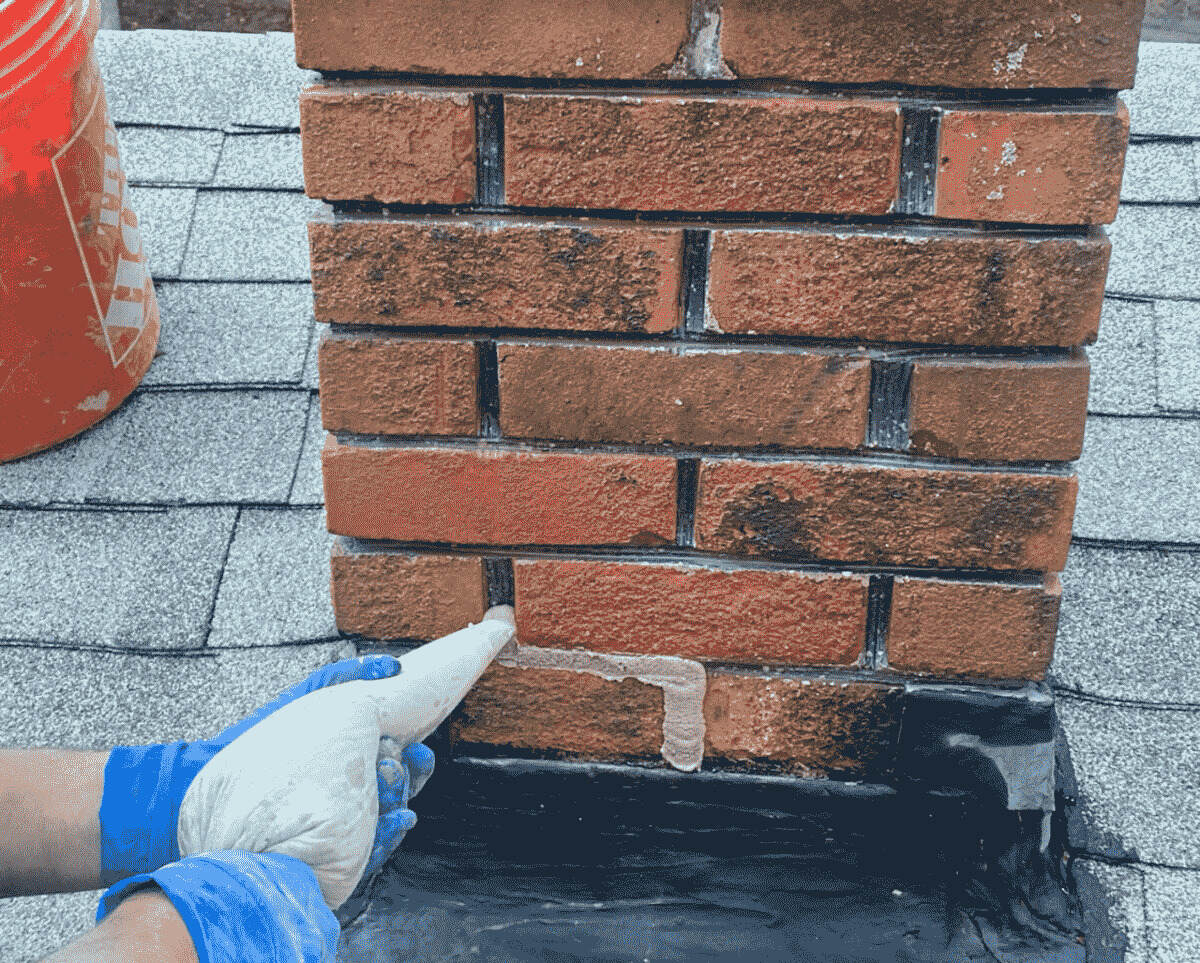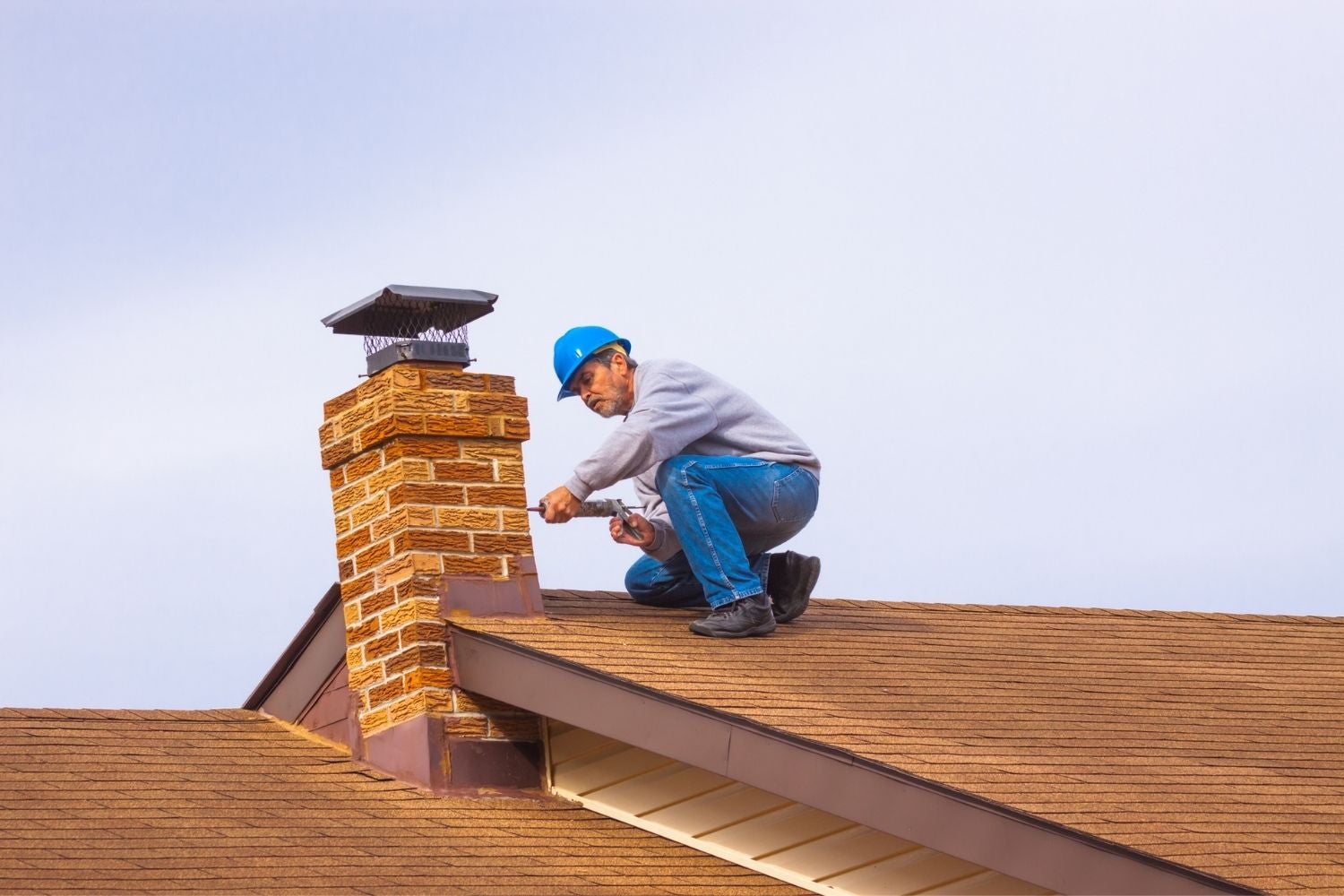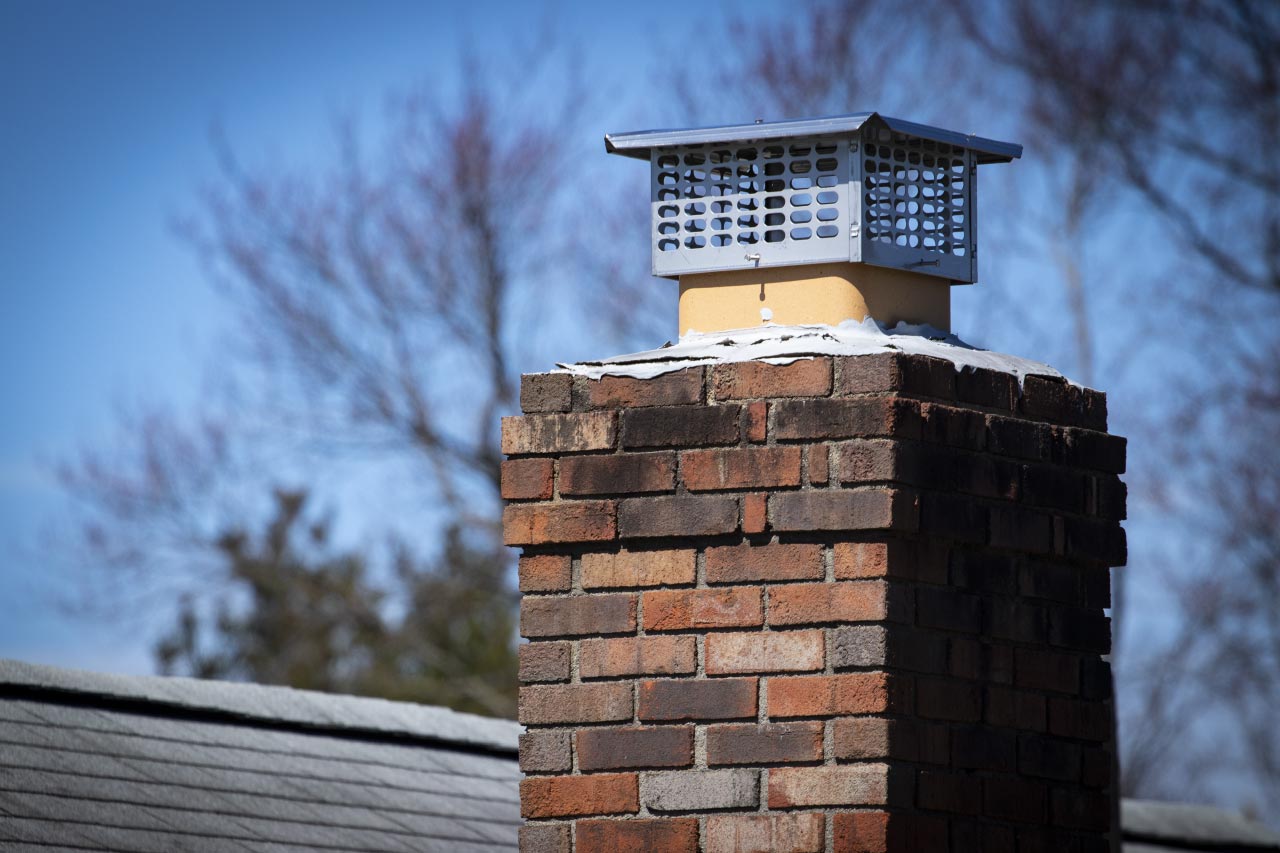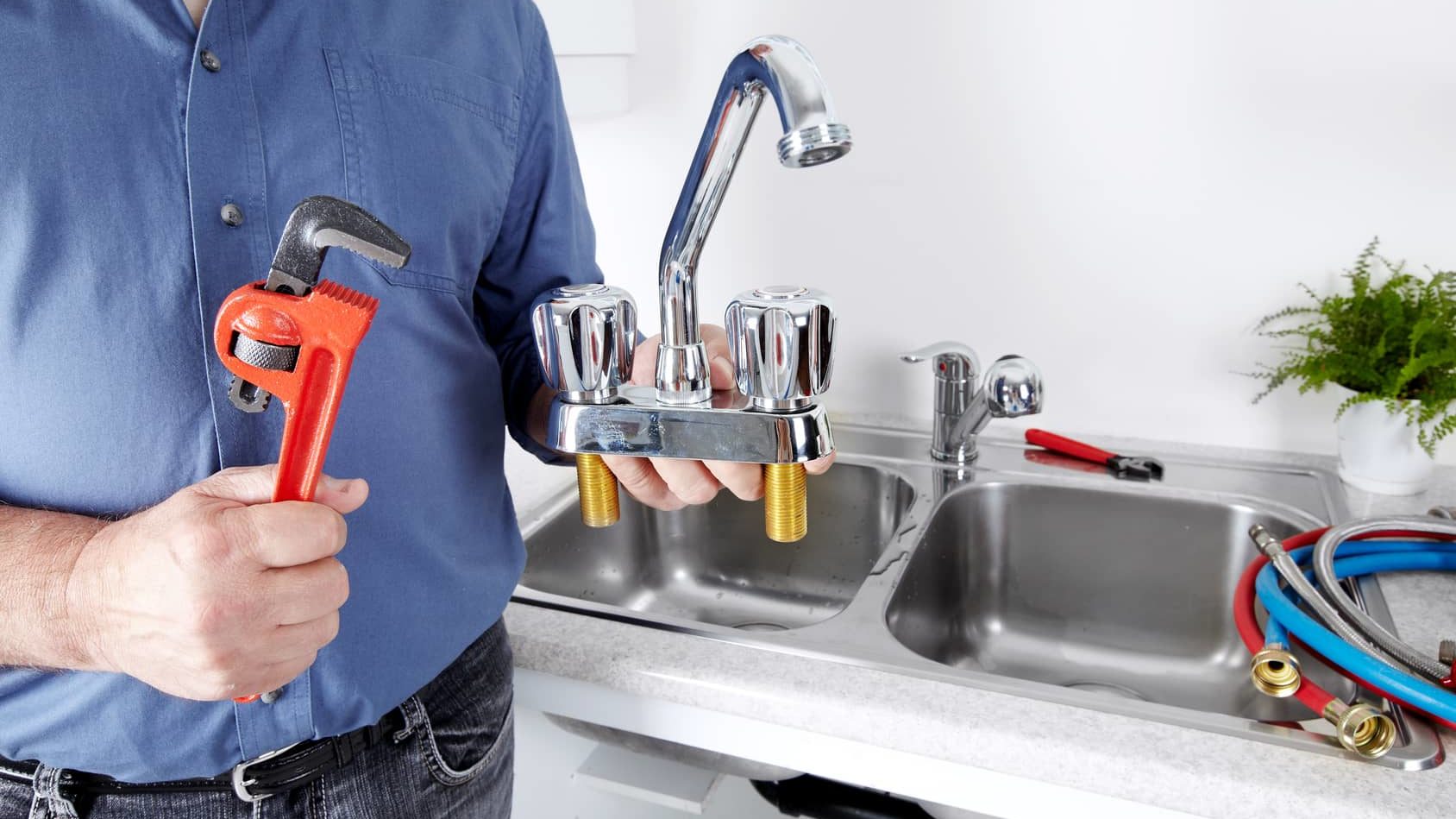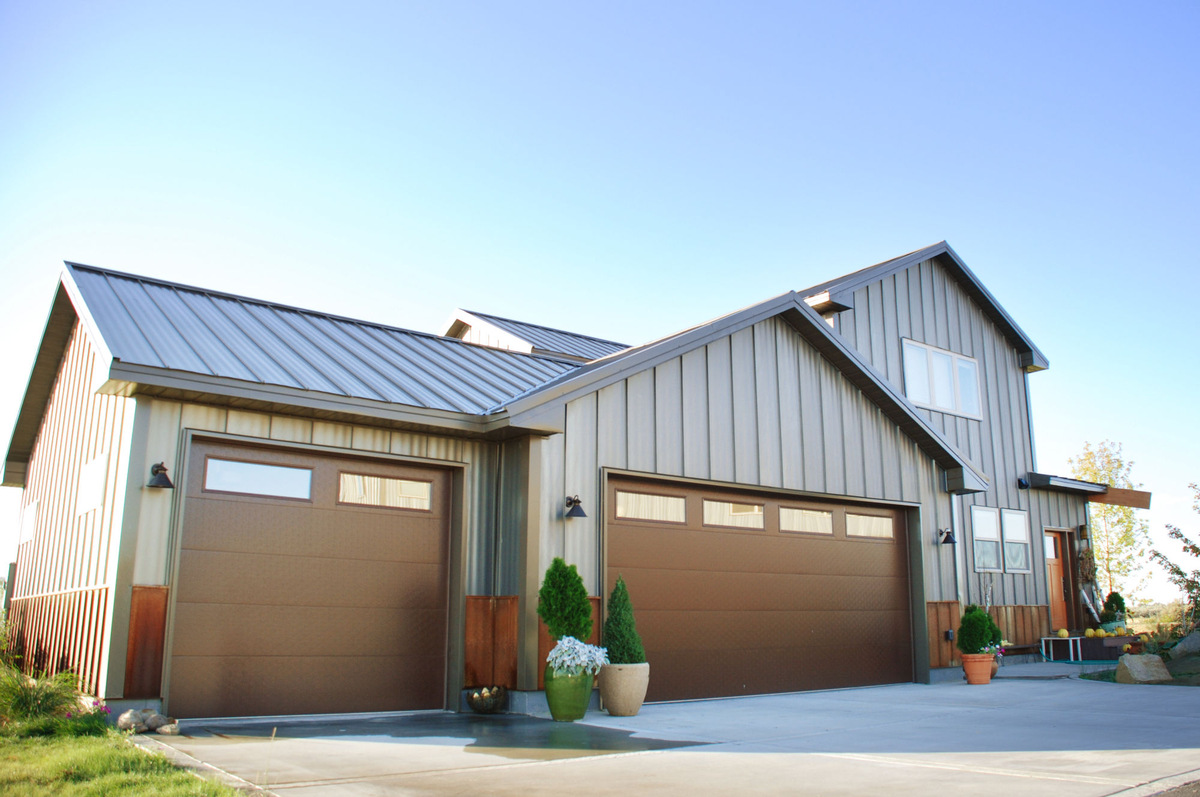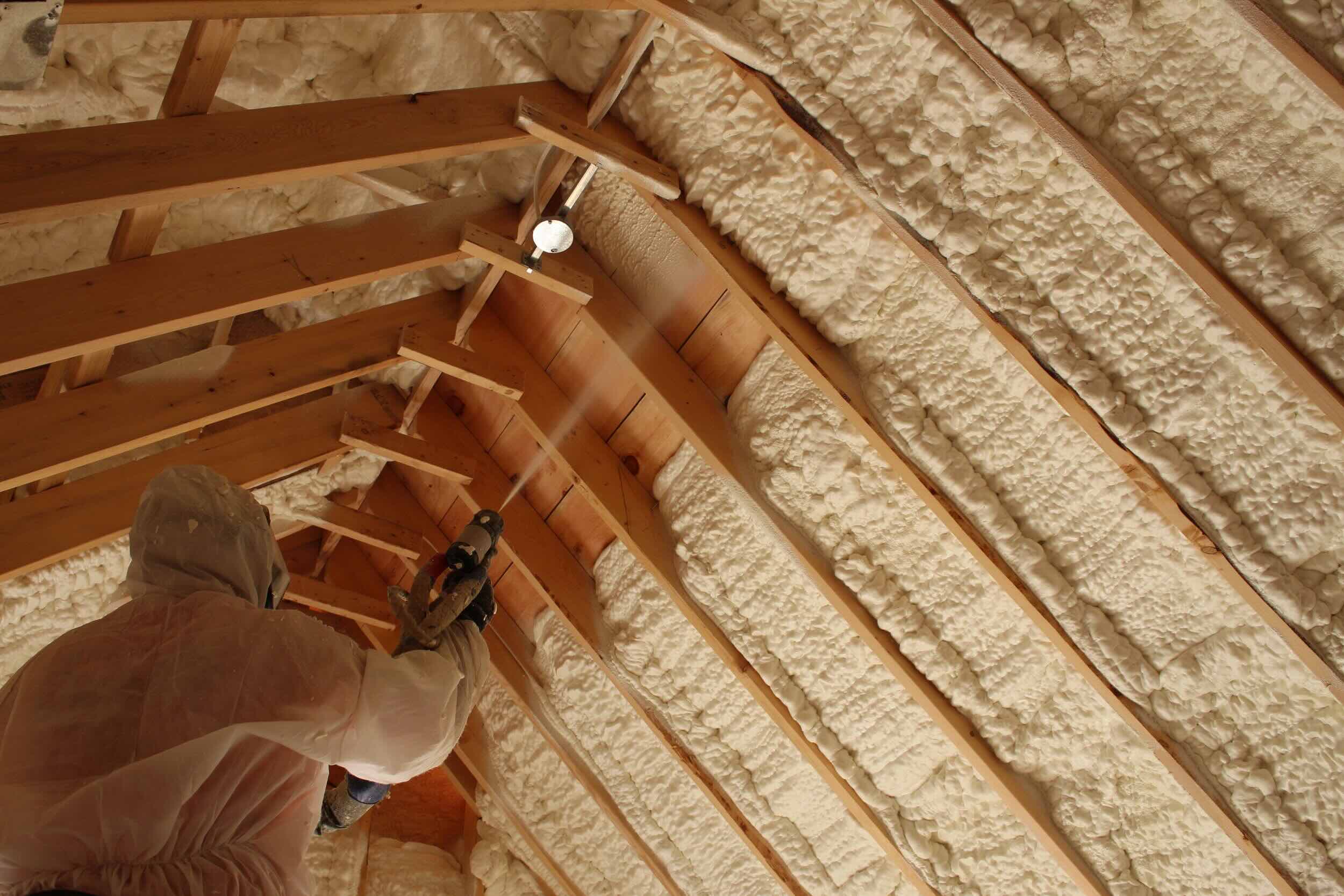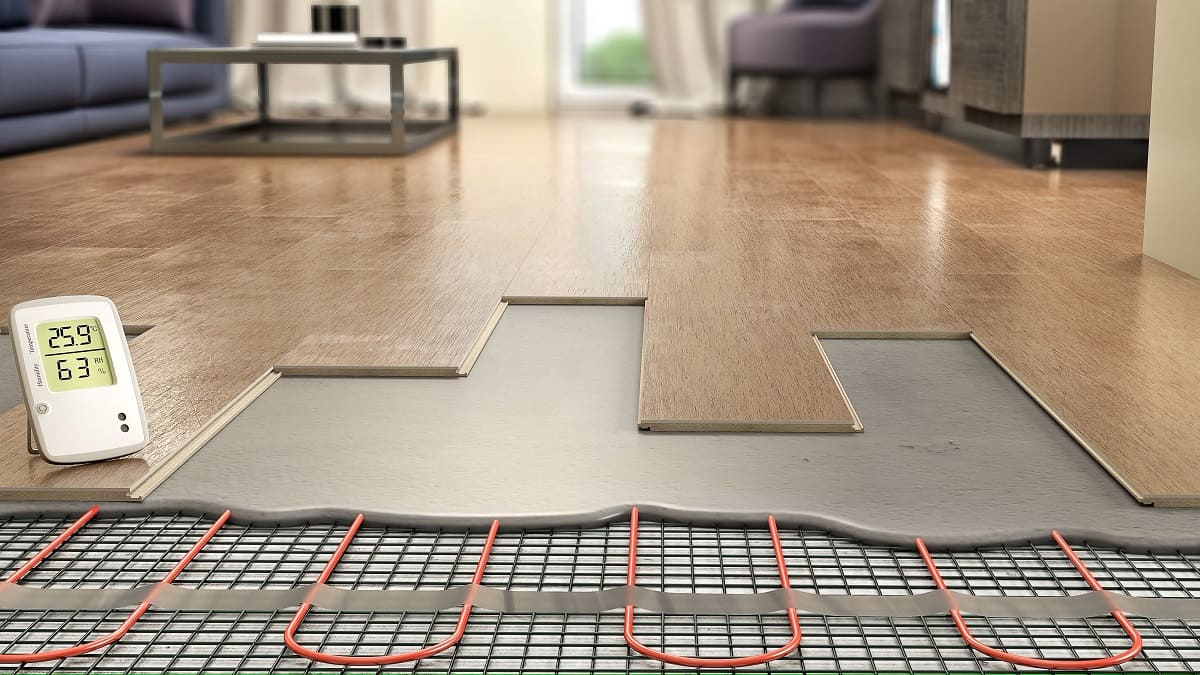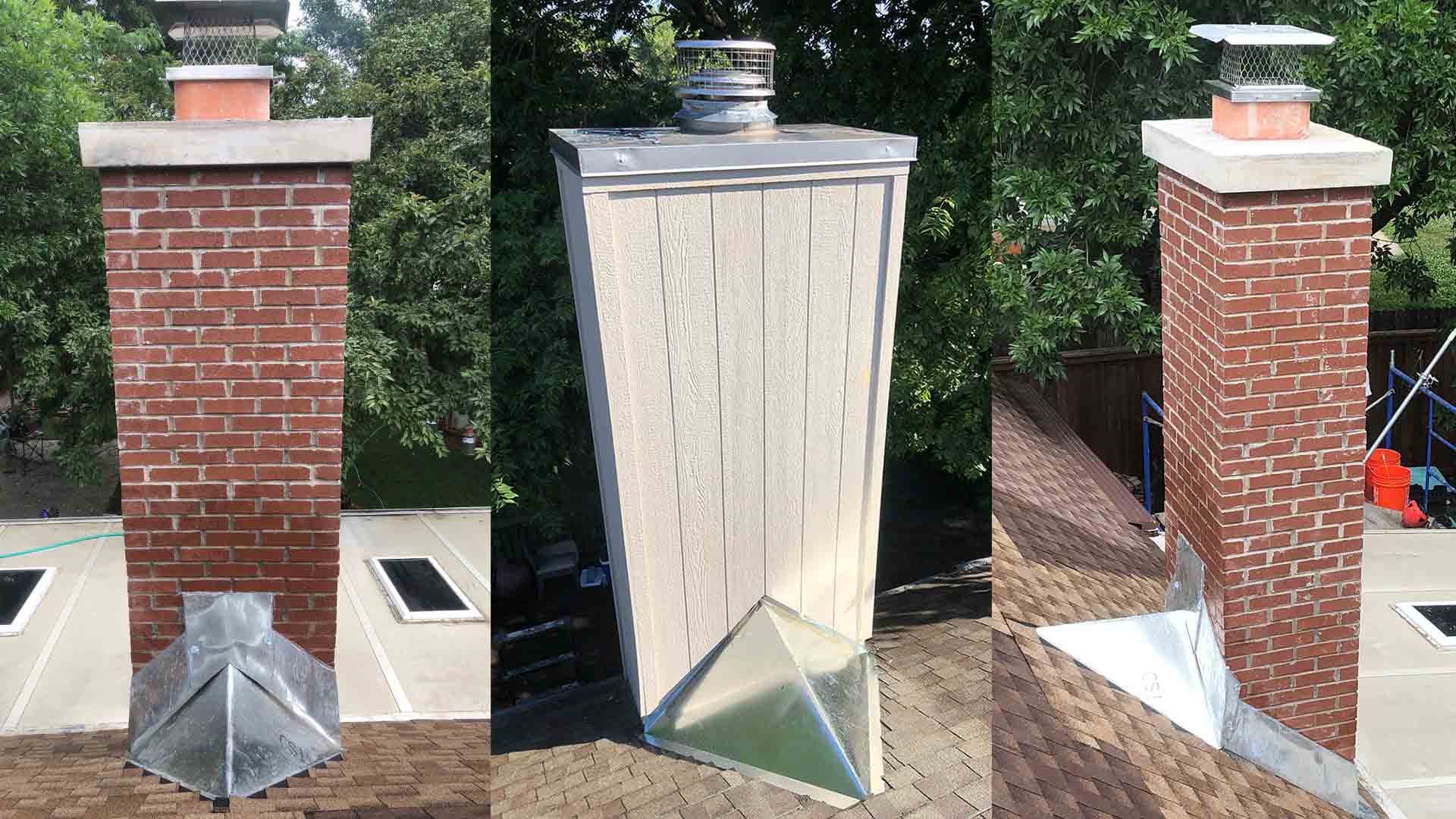Home>Home Maintenance>How Much Does Motherboard Repair Cost
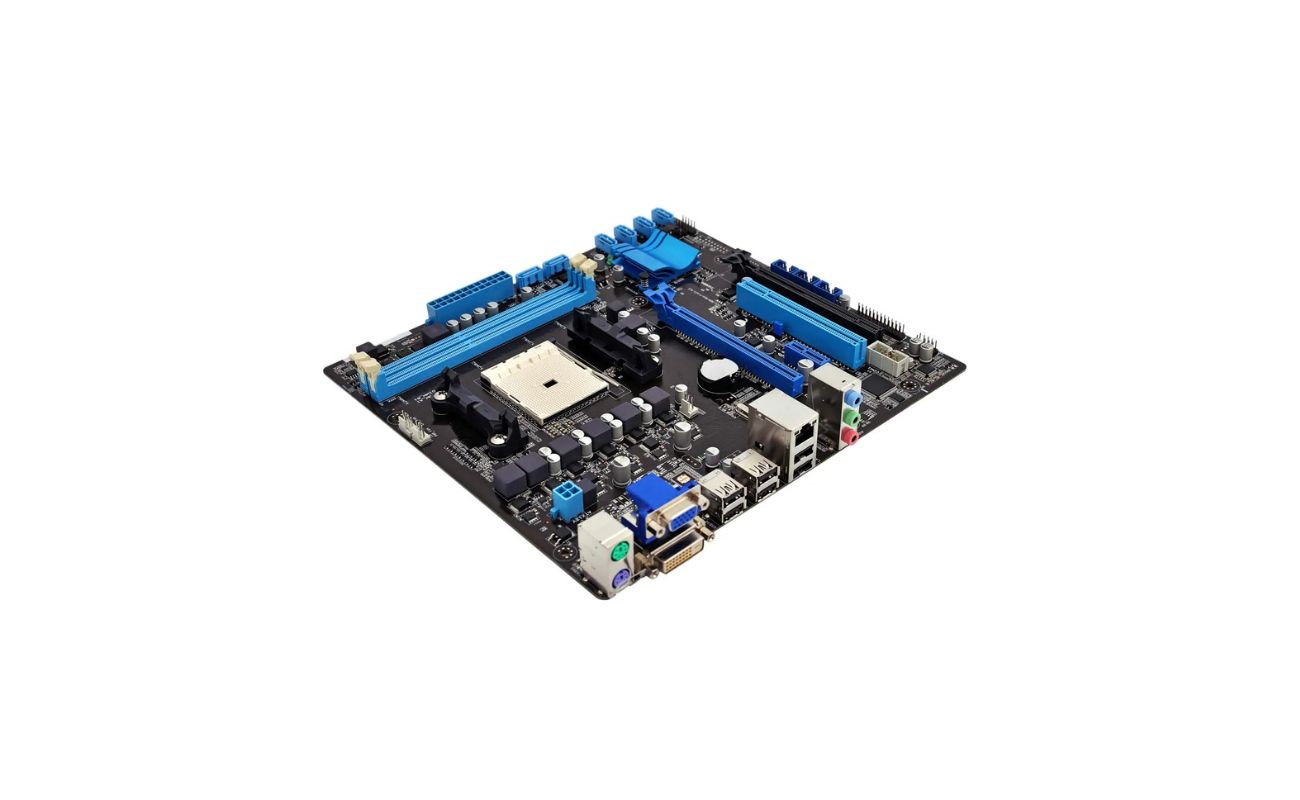

Home Maintenance
How Much Does Motherboard Repair Cost
Modified: March 6, 2024
Get an estimate for motherboard repair cost at-home. Discover affordable home maintenance services for your computer. Don't overspend on repairs.
(Many of the links in this article redirect to a specific reviewed product. Your purchase of these products through affiliate links helps to generate commission for Storables.com, at no extra cost. Learn more)
Introduction
Welcome to our comprehensive guide on motherboard repair costs. As a homeowner, you may encounter issues with your computer’s motherboard from time to time. Whether it’s a laptop, desktop, or gaming console, the motherboard is a vital component that serves as the central hub connecting all the hardware. When the motherboard experiences problems, it can disrupt the entire system’s functionality.
The cost of repairing a motherboard can vary depending on several factors. In this article, we will discuss the factors that influence motherboard repair costs, common motherboard issues and their associated repair costs, and whether it’s more cost-effective to attempt a DIY repair or hire professional repair services.
Before we delve into the details, it’s important to note that repairing a motherboard can be complex and delicate work. If you don’t have the necessary experience and technical know-how, it’s generally best to seek professional assistance. Attempting to repair a motherboard without the appropriate skills can lead to further damage and exacerbate the problem.
Now, let’s explore the key factors that determine the cost of motherboard repairs.
Key Takeaways:
- Motherboard repair costs vary based on damage, part availability, and warranty coverage. Professional repairs offer expertise and quality, while DIY attempts may risk further damage. Compare prices and consider warranty options to minimize costs.
- To reduce motherboard repair costs, practice proper maintenance, use surge protectors, and handle components carefully. Consider upgrading if cost-effective. Research and compare repair services for the best value.
Read more: How Much Does It Cost To Clean A Chimney
Factors Affecting Motherboard Repair Cost
The cost of repairing a motherboard can vary based on several factors:
- Type of Damage: The type and extent of damage to the motherboard greatly affect the repair cost. Minor issues such as loose connections or faulty components may be less expensive to fix compared to major damage, such as a fried chip or damaged circuitry.
- Availability of Replacement Parts: If specific parts or components of the motherboard need to be replaced, the cost will depend on their availability. Older or rare motherboards may have limited replacement options, which can increase the repair cost.
- Manufacturer and Model: Different motherboard manufacturers and models have varying repair costs. Premium brands or specialized models may have higher repair prices due to the availability and quality of replacement parts.
- Warranty Coverage: If your motherboard is still under warranty, the repair cost may be significantly reduced or even covered entirely by the manufacturer. However, warranty coverage usually excludes damage caused by user error or accidents.
- Repair Service Provider: The choice of repair service provider can also impact the cost. Prices can vary between independent repair shops and authorized service centers. It’s essential to research and compare prices while considering the reputation and expertise of the service provider.
These factors all play a role in determining the final cost of repairing a motherboard. Now, let’s explore some common motherboard issues and their associated repair costs.
Common Motherboard Issues and Their Repair Costs
Here are some common motherboard issues and their associated repair costs:
- Power Failure: If your motherboard is not receiving power or fails to power up your device, the issue may lie with the power supply circuitry or a faulty power socket. Repair costs for power-related issues can range from $50 to $200, depending on the extent of the problem.
- No Display: If your computer turns on but does not display anything on the screen, it may be due to a faulty graphics card slot, a malfunctioning video connector, or issues with the onboard graphics. Repair costs for display-related issues can range from $100 to $300, depending on the specific problem.
- Overheating: Overheating can cause a motherboard to malfunction and potentially damage other components. Repair costs for overheating issues can range from $50 to $150, depending on the extent of the damage and if any other components need replacement.
- Component Failure: Various components on the motherboard, such as capacitors, resistors, or integrated circuits, can fail due to wear and tear or electrical issues. The repair costs for component failure can vary widely, ranging from $50 to $300, depending on the specific part and its availability.
- Bios or Firmware Issues: Problems with the motherboard’s Bios or firmware can cause booting and compatibility issues. Repair costs for Bios or firmware issues can range from $50 to $150, depending on the complexity of the problem and the need for a firmware update or replacement.
It’s important to note that these price ranges are general estimates and can vary depending on your location and the specific service provider. Additionally, the actual repair costs may increase if multiple issues are present or if there is extensive damage to the motherboard.
Next, let’s discuss whether attempting a DIY repair or hiring professional repair services is the best course of action.
DIY Motherboard Repair vs. Professional Repair Services
When faced with a faulty motherboard, you may be tempted to try DIY repairs to save money. While DIY repairs can be viable for simple issues like loose connections, it’s crucial to assess your technical skills and knowledge before attempting any intricate repairs. Here are some factors to consider when deciding between DIY and professional repair services:
- Expertise and Experience: Motherboard repairs require technical expertise and experience. If you are not well-versed in electronics and computer hardware, it’s advisable to seek professional assistance. A skilled technician will have the necessary tools, knowledge, and experience to diagnose the problem accurately and perform repairs effectively.
- Risk of Further Damage: DIY repairs pose a risk of causing further damage to the motherboard. One wrong move or mishandling of delicate components could worsen the problem or even render the motherboard irreparable. Professional repair services are equipped to handle sensitive repairs while minimizing the risk of additional damage.
- Time and Effort: Motherboard repairs can be time-consuming, especially if you have limited experience. It may involve tedious troubleshooting, soldering, or intricate component replacements. Hiring a professional repair service can save you valuable time and effort while ensuring the job is done correctly and efficiently.
- Warranty Considerations: If your motherboard is still under warranty, attempting DIY repairs might void the warranty. It’s crucial to review the warranty terms and conditions before deciding on a repair approach. In such cases, it’s best to contact the manufacturer or an authorized repair center to get the repairs done under warranty.
- Cost-Effectiveness: While DIY repairs may seem cost-effective initially, the risk of mistakes and the cost of purchasing specialized tools can add up. Professional repair services provide a professional touch and ensure that the repairs are done correctly the first time. This can help you avoid additional expenses in the long run.
Ultimately, the decision between DIY repair and professional repair services depends on your skills, confidence, and the complexity of the issue. If you are unsure, it’s always recommended to consult with a professional to assess the problem and provide appropriate solutions.
Now that we have discussed DIY versus professional repairs, let’s explore the average cost range for motherboard repairs.
When considering the cost of motherboard repair, it’s important to factor in the complexity of the issue and the expertise of the technician. Prices can vary widely, so it’s a good idea to get multiple quotes and compare the services offered.
Average Cost Range for Motherboard Repairs
The average cost range for motherboard repairs can vary depending on the specific issue and the service provider. Here is a general breakdown of the average cost range you can expect:
- Basic Repairs: Simple motherboard repairs, such as fixing loose connections or replacing a faulty component, can range from $50 to $150. These repairs typically don’t require extensive troubleshooting or replacement of major components.
- Intermediate Repairs: More complex motherboard repairs, such as resolving power or display issues, typically range from $150 to $300. These repairs often involve diagnosing multiple components and may require the replacement of specific parts.
- Advanced Repairs: Advanced motherboard repairs, such as fixing component failures or addressing bios or firmware issues, can range from $300 to $500 or more. These repairs may involve intricate circuitry work, specialized equipment, or sourcing rare replacement parts.
- Water Damage Repairs: If your motherboard has suffered water damage or exposure to other liquids, the repair cost can be significantly higher. Water damage repairs can range from $200 to $600 or more, depending on the extent of the damage and the need for component replacements.
- Data Recovery: In cases where the motherboard failure results in data loss, data recovery services may be required. The cost of data recovery can vary depending on the complexity and severity of the data loss, ranging from $100 to $1000 or more.
It’s essential to keep in mind that these are average cost ranges, and your actual expenses may differ based on the factors we discussed earlier, such as the location, service provider, and warranty coverage. Obtaining multiple quotes from different repair service providers can help you compare prices and make an informed decision.
Speaking of warranty coverage, let’s discuss the topic of warranty and insurance coverage for motherboard repair.
Read more: How Much Does It Cost To Replace A Chimney
Warranty and Insurance Coverage for Motherboard Repair
When it comes to motherboard repairs, warranty and insurance coverage can play a significant role in determining the repair cost. Here are some key points to consider:
- Manufacturer Warranty: Most motherboards come with a manufacturer warranty that covers defects in materials and workmanship. If your motherboard is still under warranty and the issue you are facing is covered, the repair cost may be minimal or even free. However, keep in mind that warranty coverage usually does not extend to damage caused by user error or accidents.
- Extended Warranty: Some manufacturers or retailers offer extended warranty options for an additional fee. These extended warranties can provide coverage beyond the standard warranty period. If you have an extended warranty that covers motherboard repairs, make sure to review the terms and conditions to understand what is included and any potential deductible or service fees.
- Insurance Coverage: In certain cases, motherboard repairs may be covered by insurance, such as homeowners’ or electronics insurance policies. If the damage to your motherboard is the result of a covered event, such as a power surge or accidental damage, the repair costs may be reimbursed by your insurance provider. Check with your insurance company to understand the coverage details and any claim procedures.
- Third-Party Warranty: If you purchased a third-party warranty or repair plan for your computer or device, it may cover motherboard repairs. Similar to manufacturer warranties, third-party warranties often have specific terms and conditions, so it’s essential to review the policy details to understand the coverage and any associated costs.
- No Warranty Coverage: If your motherboard is not covered by any warranties or insurance, or if the damage is not covered by the existing coverage, you will be responsible for the full repair cost. In such cases, it’s important to consider the factors we discussed earlier and choose the repair option that provides the best balance of affordability and quality.
Remember to keep all documentation, receipts, and warranty information related to your motherboard purchase and any additional coverage you may have. This will make it easier to file claims and provide necessary information to the repair service provider or insurance company.
Now, let’s explore some tips to help you reduce motherboard repair costs.
Tips to Reduce Motherboard Repair Costs
While motherboard repairs can sometimes be unavoidable, there are steps you can take to minimize the likelihood of issues arising and potentially reduce repair costs. Here are some useful tips:
- Practice Proper Maintenance: Regularly clean your computer or device, paying attention to the internal components, including the motherboard. Dust and debris can accumulate over time, leading to overheating and component failure. Use compressed air to clean out the dust and ensure proper airflow.
- Use Surge Protectors: Power surges can cause damage to sensitive electronic components, including motherboards. Invest in high-quality surge protectors to safeguard your computer or device from power fluctuations or lightning strikes.
- Avoid Overclocking: Overclocking can put excessive strain on the motherboard and other components. This can lead to overheating, instability, and potential damage. Stick to the recommended settings for your hardware to maintain its longevity.
- Handle Components Carefully: When installing or removing hardware components, exercise caution to avoid accidentally damaging the motherboard. Static electricity can also harm sensitive components, so it’s important to use an anti-static wristband or mat.
- Backup Your Data: Regularly back up your important data to an external storage device or to the cloud. This will help protect your data in case of motherboard failure or other unforeseen issues, reducing the need for costly data recovery efforts.
- Proper Cooling: Ensure that your computer or device has adequate cooling measures in place. Proper airflow, heat sinks, and fans can help prevent overheating and prolong the lifespan of your motherboard.
- Research and Compare Repair Services: Before choosing a repair service, do some research and compare prices and customer reviews. Look for reputable service centers or technicians who specialize in motherboard repairs, as their expertise can help prevent unnecessary expenses or further damage.
- Consider Upgrading: In some cases, it may be more cost-effective to replace the motherboard with a newer model or consider upgrading your computer or device altogether. Upgrades can provide better performance, improved capabilities, and may come with a warranty, reducing the risk of future repairs.
By following these tips, you can potentially reduce the risk of motherboard issues and minimize repair costs. However, it’s important to remember that some problems may still arise despite your best efforts. In such cases, it’s essential to consult with a professional technician to assess and address the issue promptly.
Now, let’s wrap up this comprehensive guide on motherboard repair costs.
Conclusion
Motherboard repair costs can vary depending on several factors, including the type of damage, availability of replacement parts, warranty coverage, and the expertise of the repair service provider. Understanding these factors can help you make informed decisions and minimize repair expenses.
While DIY repairs may be an option for simple issues, it’s important to consider your technical skills and the potential risks. Attempting complex repairs without the necessary expertise can lead to further damage and potentially render the motherboard irreparable.
Professional repair services offer the advantage of experience, expertise, and the assurance of quality repairs. Choosing a reputable service provider can provide peace of mind and ensure that the repairs are done correctly and efficiently.
When it comes to costs, the average range for motherboard repairs can vary depending on the specific issue. It’s essential to obtain multiple quotes from different service providers to compare prices and ensure you are getting the best value for your money.
Warranty and insurance coverage can significantly affect motherboard repair costs. If your motherboard is still under warranty or covered by insurance, you may be eligible for reduced or even free repairs. Proper maintenance, handling precautions, and regular backups can help minimize the risk of motherboard issues and reduce repair costs.
In conclusion, motherboard repairs require careful consideration. It’s crucial to assess your technical skills, weigh the costs and benefits of DIY versus professional repairs, and explore warranty and insurance coverage options. By taking these factors into account and implementing preventive measures, you can minimize motherboard repair costs and ensure the smooth functioning of your computer or device.
We hope this guide has provided valuable insights into motherboard repair costs and equipped you with the knowledge to make informed decisions. If you encounter any issues with your motherboard, consider consulting with a professional repair service to get the best possible outcomes.
Frequently Asked Questions about How Much Does Motherboard Repair Cost
Was this page helpful?
At Storables.com, we guarantee accurate and reliable information. Our content, validated by Expert Board Contributors, is crafted following stringent Editorial Policies. We're committed to providing you with well-researched, expert-backed insights for all your informational needs.
